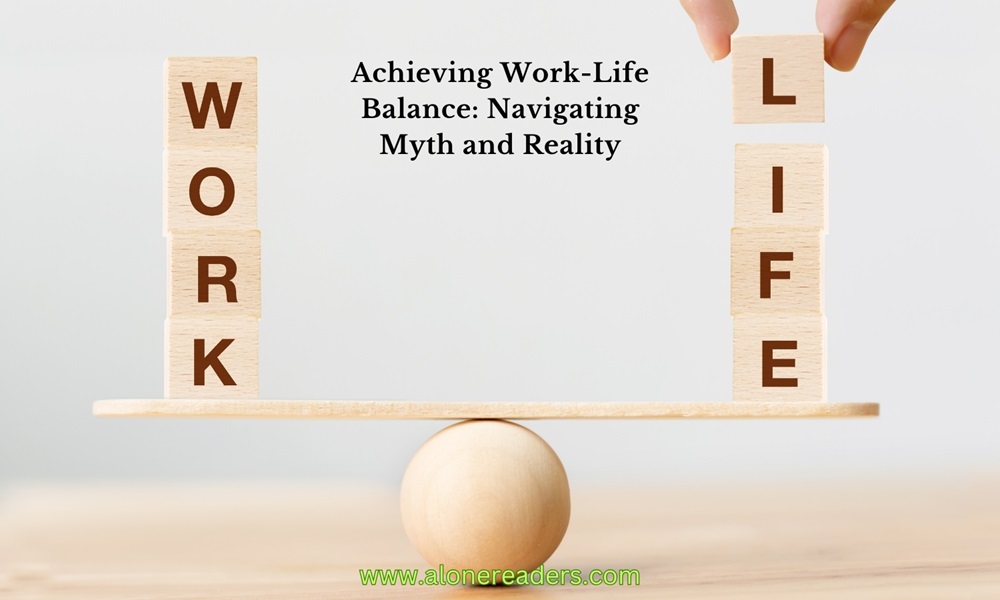
In the fast-paced world of modern employment, the concept of work-life balance has emerged as a crucial point of discussion. Often portrayed as an ideal state where professional and personal life coexist in perfect harmony, this concept has sparked debates on its feasibility and practicality. Is work-life balance truly attainable, or is it merely a myth, an elusive goal in today's demanding world?
The pursuit of work-life balance is rooted in the desire to have a fulfilling career while also enjoying a rich and satisfying personal life. This involves managing work responsibilities without them encroaching upon personal time and vice versa. The challenge, however, lies in the varying definitions of what balance looks like, as it is inherently subjective and influenced by individual priorities and life stages.
The traditional 9-to-5 workday, once the cornerstone of professional life, has undergone a transformation with the advent of digital technology and the gig economy. These changes have brought flexibility in work hours and locations, but they have also blurred the lines between work and personal time. For some, this has led to an ‘always-on’ culture where the expectation to be constantly available has intensified, posing a significant threat to achieving work-life balance.
In contrast, others argue that the rise of remote work and flexible schedules has actually facilitated a better balance. Employees now have the opportunity to tailor their work schedules to fit their personal lives, whether it involves caring for family, pursuing hobbies, or attending to health and wellness. This flexibility can lead to increased job satisfaction and productivity, as employees feel more in control of their time.
The role of workplace culture in fostering or hindering work-life balance cannot be overstated. Companies that prioritize employee well-being and promote a healthy work environment are more likely to have staff who feel balanced. This includes offering benefits like flexible working hours, parental leave, and mental health support. On the other hand, a culture that glorifies overwork and neglects employee well-being can exacerbate stress and burnout, making balance unattainable.
From a personal perspective, achieving work-life balance requires proactive effort and self-awareness. It involves setting boundaries between work and personal life, such as designating specific times for checking emails or being with family. It also means recognizing the importance of self-care and understanding that taking time for oneself is not a luxury but a necessity for sustained productivity and happiness.
However, it's important to acknowledge that the ability to achieve work-life balance is often a privilege. Many individuals in low-paying jobs or in sectors that demand long hours may find it nearly impossible to strike a balance. Economic pressures, job insecurity, and lack of supportive policies can significantly hinder one’s ability to manage work and life demands effectively.
Moreover, societal norms and expectations play a significant role. For example, working parents, and particularly working mothers, often face the challenge of balancing professional aspirations with family responsibilities, a struggle that is compounded by societal expectations and sometimes inadequate support systems.
In conclusion, work-life balance is not a one-size-fits-all concept, nor is it a static goal. It's a fluid, ongoing process of negotiation between the demands of work and the needs of personal life. For some, it might be an achievable goal, aided by supportive work environments and personal strategies. For others, it remains a challenging, sometimes unattainable ideal, influenced by a variety of external factors.
Ultimately, the quest for work-life balance is about finding individual strategies and societal solutions that acknowledge and address the diverse needs and challenges faced by workers in different life situations. It’s about creating a world where the pursuit of professional success does not come at the expense of personal well-being and happiness.